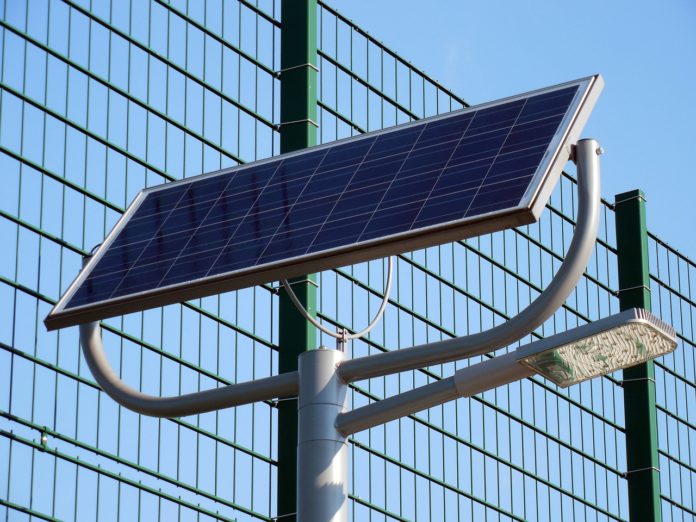Photovoltaic systems are increasingly being installed in homes, industries and companies, so it is important to begin to know each of their parts better. This time we are going to learn what they are and How batteries work in photovoltaic systems, knowing the different types and the most important data that we must take into account when choosing batteries for Photovoltaic systems more suitable.
Article Content
What are photovoltaic system batteries?
Una photovoltaic battery It is a storage system that allows us to have electrical energy at times when the panels do not satisfy the demand that is occurring.
This means that as long as there is sufficient radiation throughout the day, the panels will satisfy the demand of the home, while the excess energy will be stored in the batteries, where it will remain available until its use is necessary.
This happens for example during the night, when there is no longer solar radiation and the photovoltaic panels stop producing, or also if the sky is very cloudy, it is raining, snowing, etc.
In the latter cases, it is possible that the panels are still producing some energy, but it is quite likely that it will not be enough to meet the demand at home, so the batteries will provide the remaining energy that will be added to that of the panels and This way we can continue enjoying the comfort at home.
Types of photovoltaic batteries
We are going to find five types of photovoltaic batteries, and we will highlight some of their main characteristics:
- open lead batteries: Also known as lead acid batteries, it is a simple and economical type of battery, whose useful life is usually about four years as long as the discharges are a maximum of 50%. It is designed for small and rarely used installations.
- AGM batteries: It is a battery model that does not require maintenance and can be used in installations with high discharge intensities. Its useful life is between five and up to 10 years with discharges of a maximum of 50%.
- Gel batteries: Long-lasting, maintenance-free battery models. They are ideal for moving installations such as boats and caravans.
- stationary batteries: They are made up of independent vessels, and have greater durability, making them ideal for large photovoltaic installations. They can have a useful life of up to 15 years, allowing discharges of a maximum of 50%.
- Lithium batteries: They are the most technically advanced batteries, with high efficiency and maintenance-free. It allows downloads of up to 90%, and some manufacturers give warranties of up to 10 to 15 years.

Most important data about photovoltaic batteries
There are three important facts that we must know about photovoltaic batteries in order to choose those that best suit our needs:
- Voltage- This information must appear on all batteries, and will generally be 2 V, 6 V, 8 V, 12 V, 24 V or 48 V.
- Amperage: must also appear on all batteries, and refers to the electrical intensity of the battery. It is represented in Ah, and the amount can vary very substantially.
- Capacity: This data does not appear on the batteries, but it is very representative for us, since it allows us to know how many watts (W) can be stored in the battery. To find out this, all you have to do is multiply the voltage by the amperage, which will give us the watts of capacity.
How many batteries can I install?
The number of batteries that must be incorporated into a photovoltaic installation will be the one whose sum of the voltages of all the batteries reaches the voltage of the inverter.
For example, if we have a 24 V inverter, we can install 12 2 V batteries, four 6 V batteries or two 12 V batteries.
However, in the case of lithium batteries this does not have to be taken into account, since depending on the manufacturer and model, it will indicate the maximum number of batteries that can be incorporated, so that if, for example, we have a 24 V installation , we can easily install up to 20 24 V batteries, which allows storage to be increased exponentially.

Expert in SEO/SEM and communication on social networks.
CEO at tecnologia.net and passionate about everything related to technological progress






